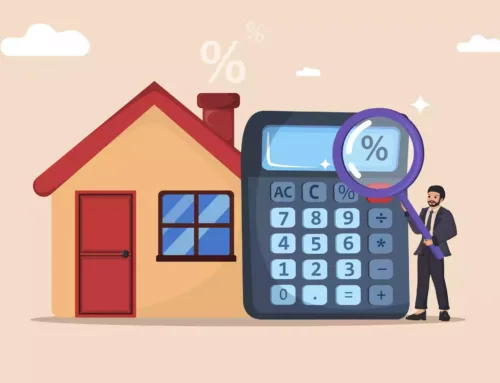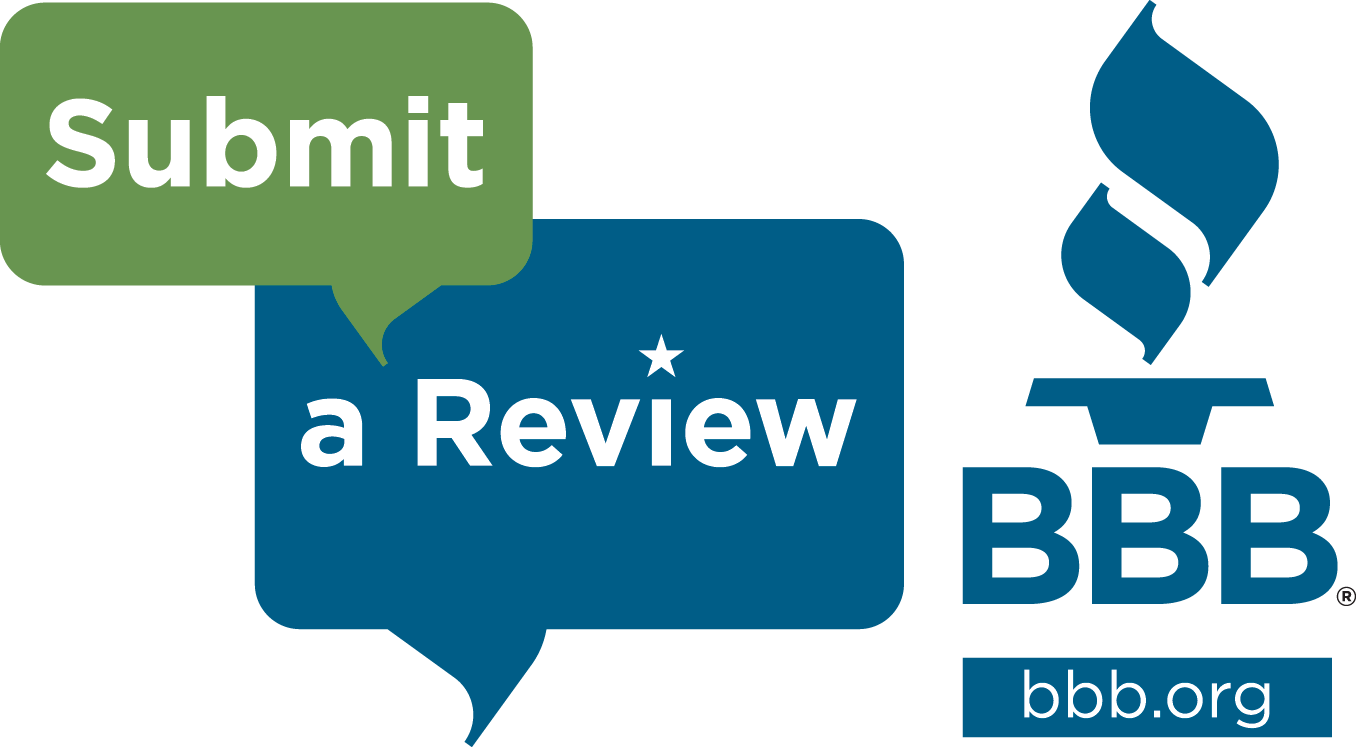4 Important Facts You Need To Know About FHA Loans

Less severe lending standards and lower down-payment requirements make FHA loans popular among mortgage borrowers.
What is an FHA loan?
An FHA loan is a type of government-backed mortgage insured by the Federal Housing Administration, a branch of the U.S. Department of Housing and Urban Development, or HUD. FHA borrowers pay for mortgage insurance, which protects the lender from a loss if the borrower defaults on the loan.
Why homebuyers like FHA mortgage loans
Because they are government-backed, FHA home loans have attractive interest rates and less rigid qualifications. FHA loan applicants must meet credit-score and down-payment requirements, show proof of employment, and a steady income. An appraisal of the home by an FHA-approved appraiser also is required.
You don’t need perfect credit to qualify
Credit-score requirements for FHA loans depend on the down payment. For an FHA loan with a down payment as low as 3.5 percent, the borrower’s credit score must be 580 or higher.
Those with credit scores between 500 and 579 must pay at least 10 percent down.
Know your credit score before you borrow. People with credit scores under 500 generally are ineligible for FHA loans. The FHA does make allowances, under certain circumstances, for applicants with nontraditional credit history or insufficient credit if other criteria are met.
The minimum down payment is 3.5 percent
For most borrowers, the FHA requires only 3.5 percent of the purchase price of the home as a down payment. FHA borrowers can use their savings to make the down payment. Other sources of cash allowed for a down payment include a gift from a family member or a government grant for down-payment assistance.
There are two types of mortgage insurance to pay
All FHA loans require the borrower to pay two mortgage insurance premiums:
- Upfront premium: 75 percent of the loan amount, paid when the borrower gets the loan. The premium can be rolled into the financed loan amount.
- Annual premium: 45 percent to 1.05 percent, depending on the loan term (15 years vs. 30 years), the loan amount and the initial loan-to-value ratio. This premium amount is divided by 12 and paid monthly.
Closing costs may be covered
The FHA allows home sellers, builders and lenders to pay some of the borrower’s closing costs, such as an appraisal, credit report or title expenses. Lenders typically charge a higher interest rate on the loan if they agree to pay closing costs. Borrowers can use the good faith estimate of closing costs to compare interest rates and closing costs on different loans and figure out which option makes the most sense.













